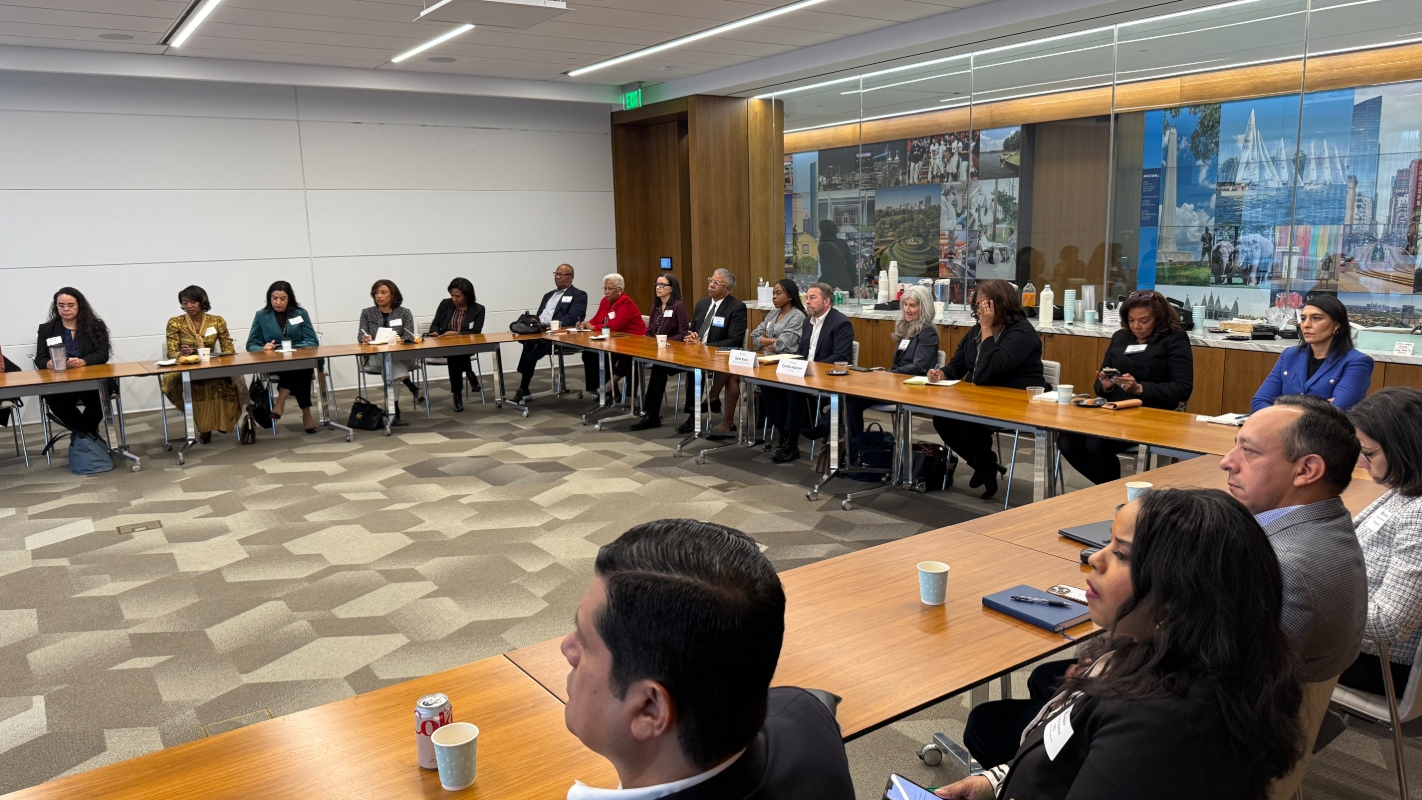Partnership Launches Best Place for Working Parents Assessment
Published Feb 28, 2024 by Ernesto Becerra
The Greater Houston Partnership has launched the Best Place for Working Parents®, an online self-assessment enabling local business leaders to determine whether their organization qualifies to earn the designation.
Originating in Fort Worth in 2020, the confidential online business self-assessment allows businesses of all sizes tout innovative practices that are helping today’s working parents provide for their families, and adapt and thrive at work during extraordinary times. The assessment highlights the top 10 research-backed policies proven to benefit working parents and businesses’ bottom line. The assessment also provides a real-time dashboard of how a business fares against other businesses of like size and industry across each of the top 10 family-friendly practices in their region.
While family-friendly policies have a direct impact on working parents, research shows that there is also a serious business case for being family-friendly:
- 83% of millennials would leave one job for another with stronger family-friendly support.
- Replacing an employee costs an employer six to nine months of that employee’s salary.
- Over 60% of working parents said child care issues have caused them to miss work.
- Employers lose $13 billion annually due to child care challenges faced by their workforce.
As the lead organization in the Houston region, the Partnership encourages businesses to participate in the assessment and learn more about the effectiveness of their policies. The self-assessment offers real-time designations to businesses of all sizes whose family-friendly policies qualify through a first-of-its-kind, 3-minute online self-assessment. The Best Place for Working Parents® designation for qualifying businesses can be accessed at business.bestplace4workingparents.com.
View these additional resources to learn more about the assessment and why it's important.
 The Houston Report
The Houston Report




















